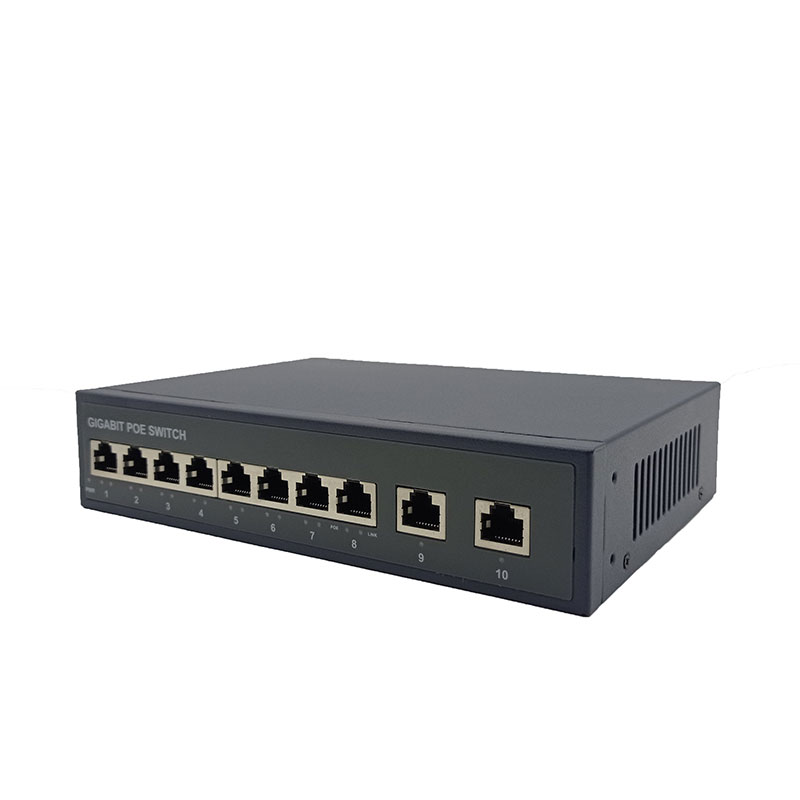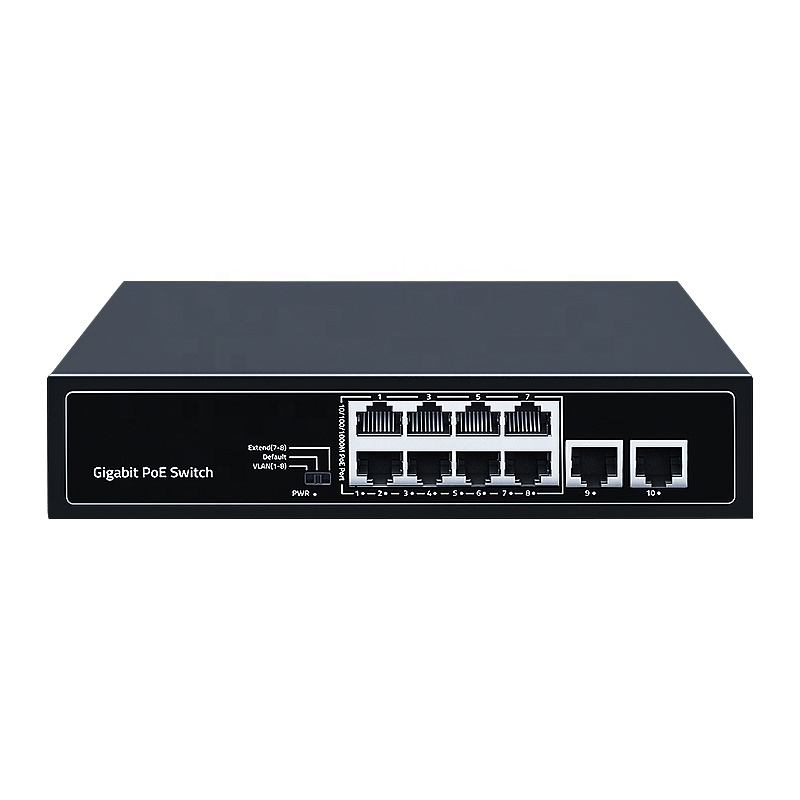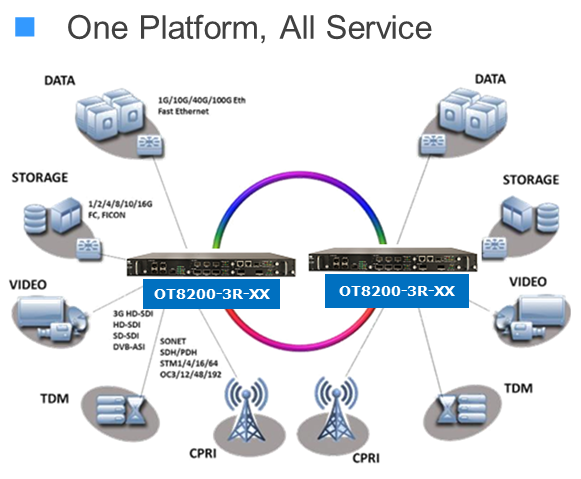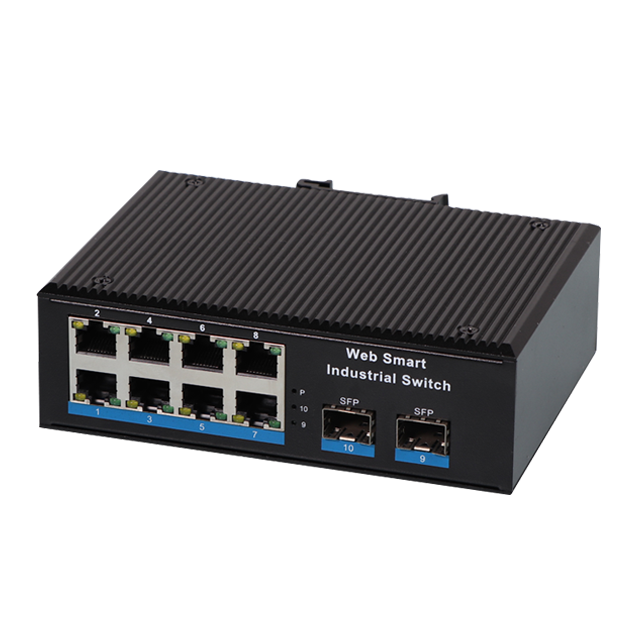Since the first switch was introduced in 1989, it has been updated to the fourth generation, with significant improvements in forwarding performance, port speed, and switching capacity. Switch technology is still constantly evolving.
First generation: Hub:
A hub is the predecessor of a switch, which works at the first layer of the Open Systems Interconnection Reference Model (OSI), known as the “physical layer”. Its main function is to regenerate, shape, and amplify the received signal to expand the transmission distance of the network, while concentrating all nodes on the nodes centered around it. Due to the fact that the hub forwards packets to all ports and can only transmit one data frame, all hosts connected through the hub are in the same conflict domain. Therefore, when multiple hosts simultaneously send data packets, a large number of conflicts will significantly reduce performance. A network built around the hub is a typical representative of shared Ethernet.
Second generation: Layer 2 switches:

The switch gradually developed on the basis of a multi port bridge. In 1989, the first Ethernet switch was born, and the original switch fully complied with the OSI defined hierarchical model, which worked at the second layer “data link layer” and was therefore called a “layer two switch”,
Layer 2 switches recognize MAC (Media Access Control) address information in data frames, mainly selecting forwarding ports based on MAC addresses. The algorithm is relatively simple and convenient for ASIC (Application Specific Integrated Circuit) implementation, resulting in high forwarding performance and upgrading Ethernet from shared to switched, effectively improving the performance of small local area networks.
Third generation: Layer 3 switches:
The three-layer switch, which operates at the third layer of the network layer, was born on the basis of the development of VLAN (Virtual Local Area Network) technology. Layer 3 switches are designed for IP, with simple interface types and strong Layer 2 packet processing capabilities. They are suitable for data routing and switching in large local networks. They can replace or partially complete the functions of traditional routers in the third layer of the protocol, while also having almost the speed of Layer 2 switching,

Fourth generation: Multi service switches:

After the emergence of 10 Gigabit Ethernet, the requirements for network equipment in the development and deployment of various high bandwidth services increased, including data connectivity, security, reliability, service quality, etc. At the same time, in order to reduce networking costs and simplify management and maintenance, network equipment functions began to show a trend of integration, and multi service switches were born. Multi service switches support multi-layer forwarding, but due to the limitations of ASIC, most multi service switches currently provide value-added services for layer 2 and layer 3 services, essentially multiple devices installed in the same chassis.
